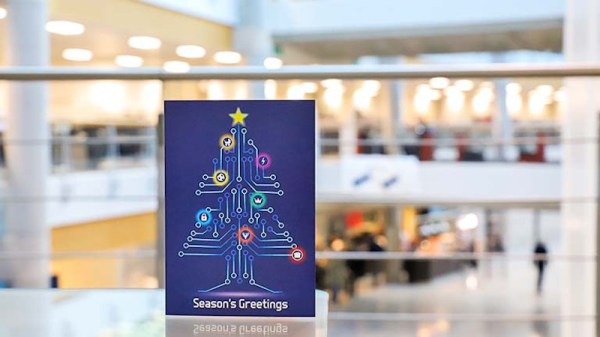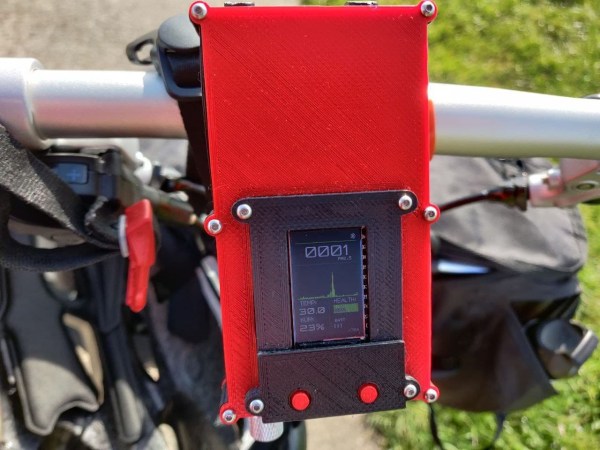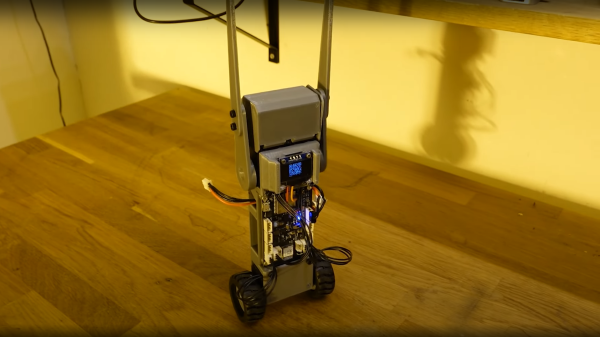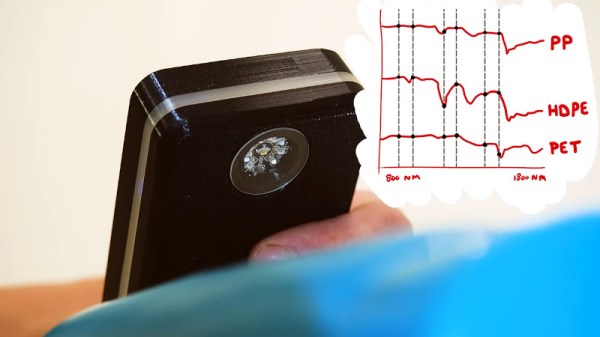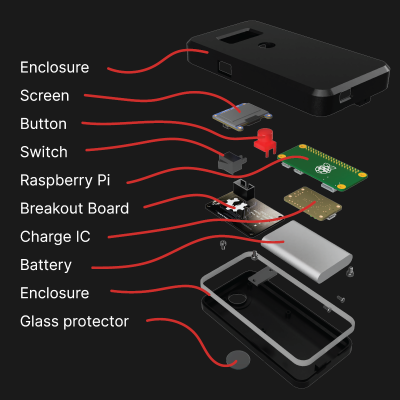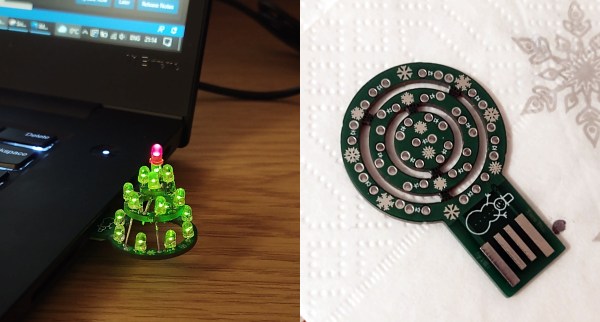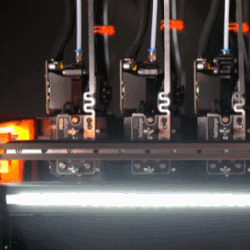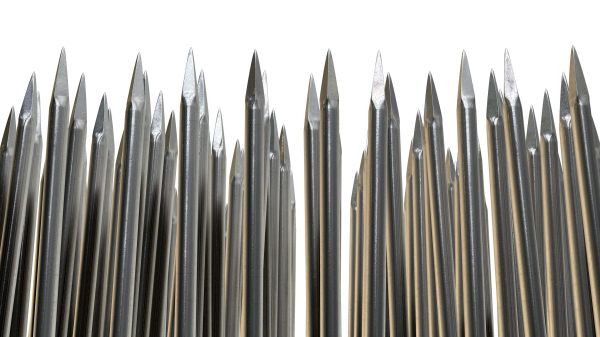The festive season is upon us, and for Brits of a technical bent that means it’s time for the GCHQ Christmas Challenge. Sent out annually as part of the Christmas card from the UK’s intelligence centre, this is a chance for would-be spooks to pit their wits against some of the nation’s cleverest cryptologists whose work you’ll never have heard of.
This year the puzzle is aimed at those with a secondary school education, in the hope of fostering an interest in maths and science in younger people. It’s a series of puzzles of ascending difficulty, but don’t be lulled into a false sense of security by the earlier ones being easy, to complete the set will still require some brain power.
We’re guessing that as in previous years, this puzzle will garner a significant quantity of entries. It’s a successful public relations exercise from the agency which like all such organisations has felt its fair share of controversy in its time. There may thus be readers who regard it with some suspicion, but it’s fair to say it’s not the only such popular exercise from a govenment agency. If meanwhile you fancy a bit of GCHQ history, we caught their Science Museum exhibition back in 2019.

